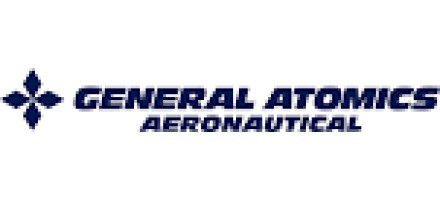New UAS open payload architecture verified in PredatorB/MQ-9 Reaper flight test
NewsMay 17, 2012
SAN DIEGO. Officials at General Atomics Aeronautical Systems, Inc. (GA ASI), SELEX Galileo, and Cobham Aviation Services joined hands in an Unmanned Aircraft System (UAS) open payload architecture demonstration for the Sovereign Payload Capability Demonstration (SPCD) that took place at GA-ASI?s Gray Butte Flight Operations Facilities in Palmdale, Calif.
During the event a GA-ASI Predator B/MQ-9 Reaper Unmanned Aerial Vehicle (UAV) equipped with a SELEX Galileo Seaspray 7500E surveillance radar completed a flight demonstration over the Pacific Ocean to demonstrate the radar’s ability to track targets on land, air-to-air ,and in the littoral and maritime environments.
The open payload architecture cuts down on integration complexity by enabling payload providers and mission systems integrators to design their own payload control software and eventually integrate their own payloads, says Frank W. Pace, GA-ASI Aircraft Systems Group president.
The SPCD is one part of a joint Independent Research and Development (IRAD) effort GA-ASI and SELEX Galileo officials are working on to prove the concept and architecture for a fully certified Predator B integrating a separate mission management system that supports independent and cost-effective upgrades of future sovereign system payloads. GA-ASI engineers handled the software and hardware modifications to the Predator B system necessary for implementing the open payload architecture, while SELEX Galileo experts delivered the radar and supported the integration effort. Cobham supports UK airworthiness procedures and through-life support/obsolescence management as GA-ASI’s UK teammate responsible for whole life support arrangements for the Royal Air Force’s (RAF’s) MQ-9 Reaper UAS.
The demonstration was the first step in proving the SELEX Galileo platform and sensor-agnostic skyISTAR mission management system concept, says Fabrizio Giulianini, SELEX Galileo CEO.
The first testing of the payload architecture was finished last fall, which demonstrated the ability to host third party-developed payload control software on current airborne and Ground Control Station (GCS) processors. Today’s SPCD is the initial phase in the flight demonstration process, with upcoming phases expected to demonstrate systems integration independent of GA-ASI involvement.





